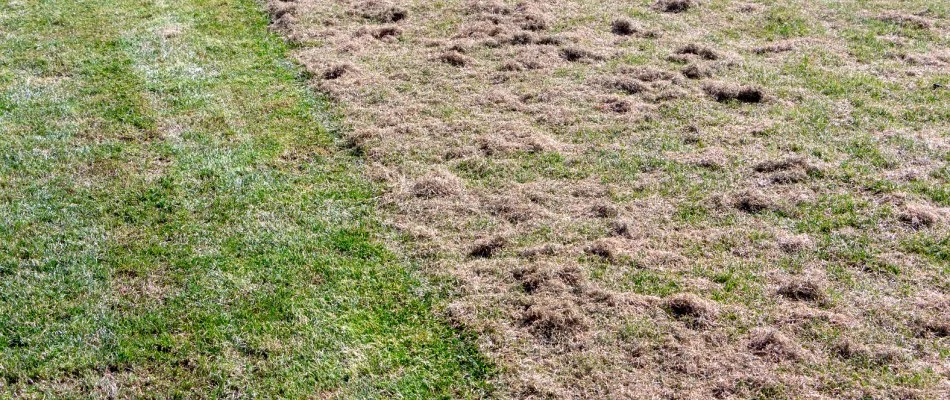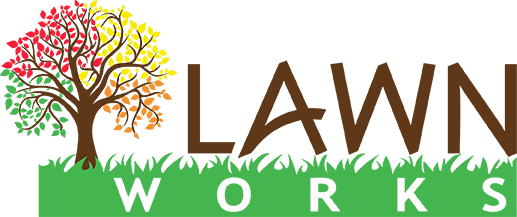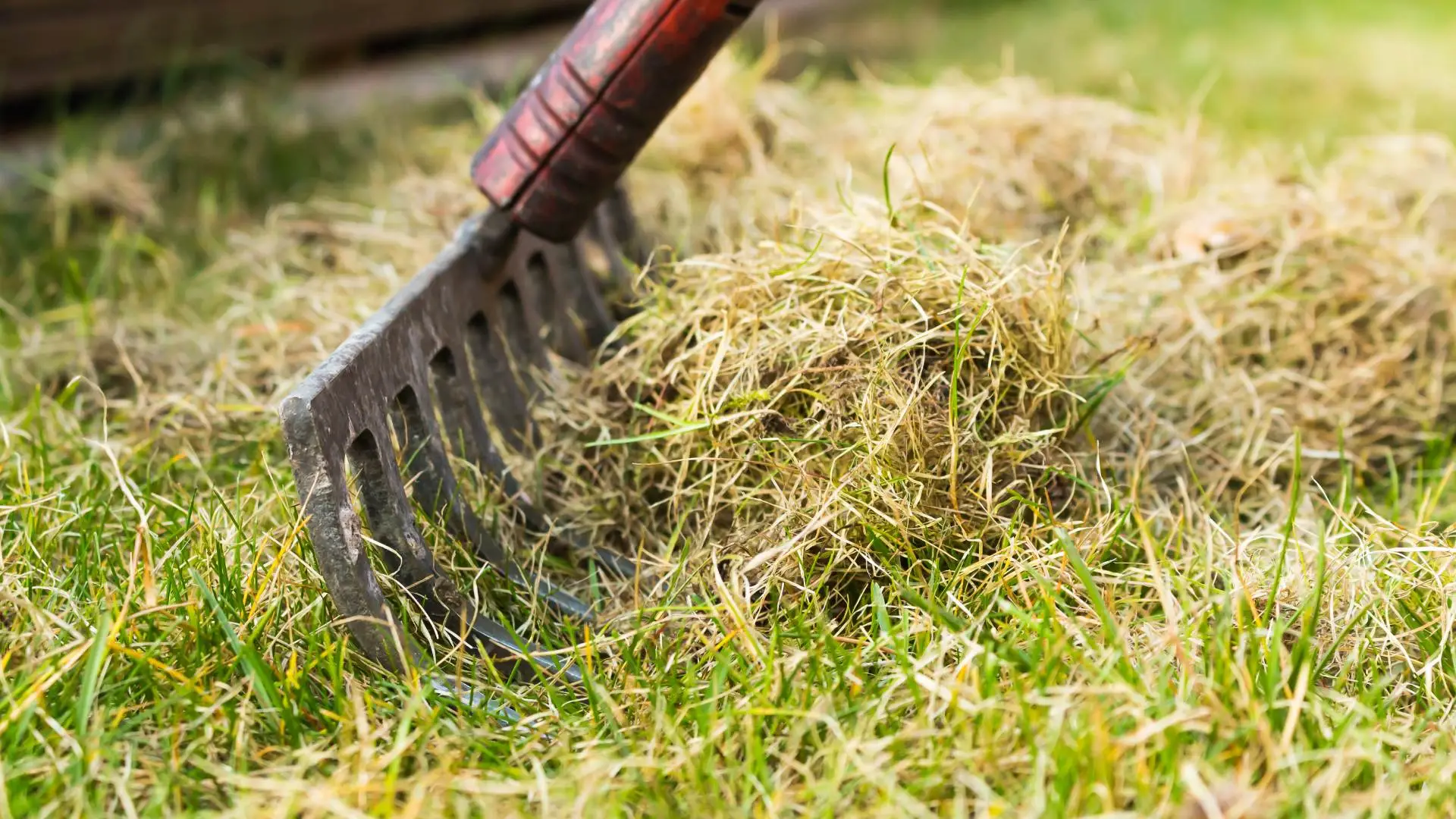Thatch is a layer of organic material that builds up above your soil and below your grass. Most lawns contain some thatch. Depending on the amount, thatch can help or harm your lawn. Thick layers of thatch invite pests and prevent essential nutrients from reaching your lawn's roots. But how do you know if your lawn contains too much thatch? A good rule of thumb is that if the thatch layer in your yard is thicker than one inch, it is likely too much for your lawn to handle. If you determine that you have too much thatch in your yard, you'll need to sign up for a dethatching service.
Here in Louisville, KY, most lawns contain Kentucky Bluegrass which is prone to higher levels of thatch. So, it is something you may want to monitor if you're in the area.
What is thatch, and what amount is harmful?
Thatch is a layer of organic matter consisting of roots, stems, and shoots. All lawns have some level of thatch, and lawn professionals consider small amounts healthy for your lawn. That's because thin layers of thatch will:
- Shield your yard from extreme temperature changes
- Act as a covering that prevents weeds from growing in your lawn
- Protect your lawn from foot traffic that might otherwise compress it
While some thatch is fine, too much can be harmful. Excessive thatch can prevent water and other nutrients from reaching your lawn's root system. It can also cause the wheels of your mower to sink. If you've ever mowed tall grass in your yard, but your mower blades sank into the soil, you likely hit a thick layer of thatch.
How do you know if your lawn has too much thatch?

Take your shovel and dig a small portion of grass from your lawn. This lawn sample should allow you to see the thatch. It will also offer a good indication as to its thickness.
If the thatch is more than 1 inch thick, this could be a sign of thatch problems. Likewise, if the ground beneath you feels spongy when you walk through your lawn you may want to call your lawn care professional and schedule a dethatching service.
The remedy to excess thatch is to schedule a dethatching service with your local lawn care provider.
What is dethatching and how does it work?
Dethatching is sometimes referred to as thatching or power raking. It's the process of removing excess thatch from your lawn.
Most lawn care technicians use a power rake or dethatcher to remove thatch. A power rake looks like a small push mower, except it has metal tines or blades that comb your grass. When your pro moves the dethatcher across your grass, it removes thatch and other debris from your lawn. Once complete, your lawn technician will remove any debris the power rake pulled up.
Rid your lawn of thatch buildup. Call us to schedule our service.
Are you worried that your lawn may be missing out on vital nutrients, attracting bugs and other pests, or inviting weeds due to an excess level of thatch? We can help. Our lawn care technicians have been helping business owners and homeowners remove thatch and strengthen lawns since 2015. We offer an iron-clad satisfaction guarantee and will work with you to ensure that your needs are fully met.
We serve properties located in Louisville, Kentucky and nearby Southern Indiana communities including Jeffersonville, New Albany, and Sellersburg. If you're in the vicinity, we'd be happy to rid your yard of excess thatch and get your lawn back to optimal health. Contact us today at (812) 590-8864 to schedule our dethatching service.



Comments (0)
Thanks for your comment!
Thanks for your feedback! Your comments have been successfully submitted! Please note, all comments require admin approval prior to display.
Error submitting comment!
There is a problem with your comment, please see below and try again.